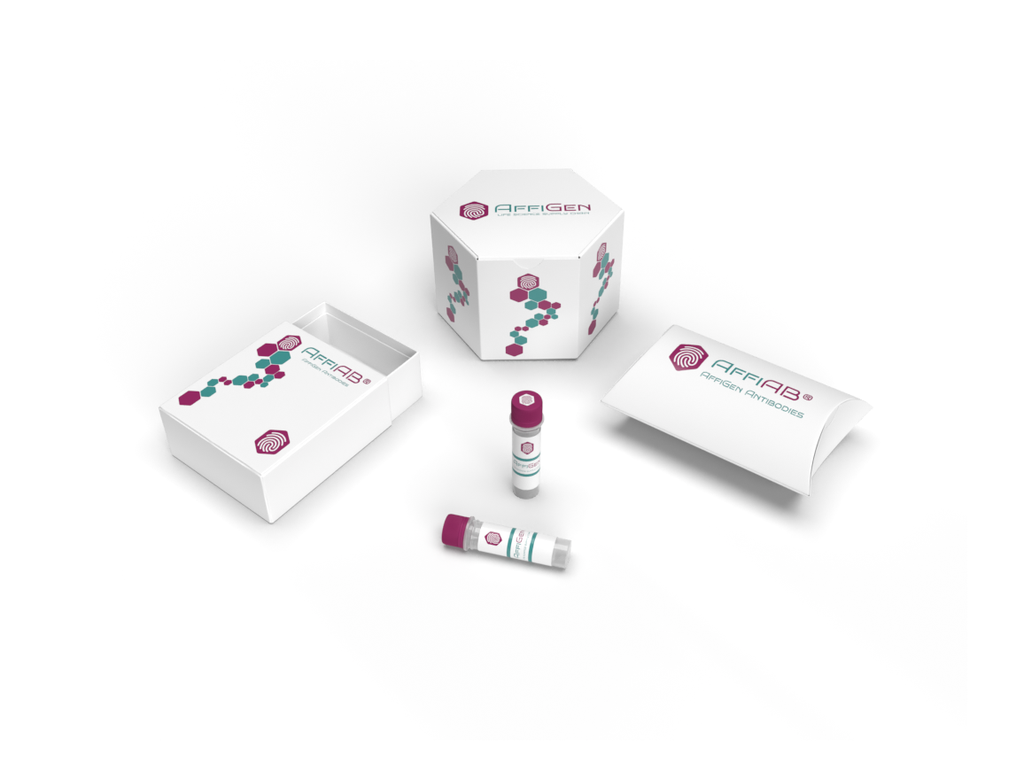AffiAB® Anti-NOX2/gp91phox Antibody
Mox1 and the glycoprotein gp91-phox are largely related proteins that are essential components of the NADPH oxidase. The superoxide-generating NADPH oxidase is present in phagocytes, neuroepithelial bodies, vascular smooth muscle cells and endothelial cells. It includes a membrane-bound flavocytochrome containing two subunits, gp91-phox and p22-phox, and the cytosolic proteins p47-phox and p67-phox. The p22- and gp91-phox subunits also function as surface O2 sensors that initiate cellular signaling in response to hypoxic conditions. Mox1 and gp91 contain identical C-terminal sequence identity, yet they have distinct expression patterns. gp91-phox is expressed in eosinophils, neutro-phils, monocytes and B-lymphocytes, whereas Mox1 is predominantly detected in the colon, and low expression is also detected in the uterus and prostate. Mox1 is also upregulated in vascular smooth-muscle cells in response to PDGF stimulation, which collectively indicates that Mox1 may function analogously to gp91-phox, yet regulate the NADPH superoxide production in non-phagocytic cells.
Antibody type
Rabbit polyclonal Antibody
Uniprot ID
SwissProt: P04839 Human; SwissProt: Q61093 Mouse
Recombinant
NO
Conjugation
Non-conjugated
Host
Rabbit
Isotype
IgG
Clone
N/A
KO/KD
N/A
Species reactivity
Human, Mouse
Tested applications
IF-Cell, IHC-P, FC
Predicted species reactivity
N/A
Immunogen
Synthetic peptide corresponding to C-terminal human NOX2/gp91phox.
Storage
Store at +4°C after thawing. Aliquot store at -20°C. Avoid repeated freeze / thaw cycles.
Form
Liquid
Storage buffer
1*PBS (pH7.4) , 0.2% BSA, 50% Glycerol. Preservative: 0.05% Sodium Azide.
Concentration
1 mg/mL.
Purity
Immunogen affinity purified.
Signal pathway
HIF-1 signaling pathway, Ferroptosis, Alzheimer disease
Recommended dilutions
IF-Cell: 1:50-1:200; IHC-P: 1:500-1:1, 000; FC: 1:50-1:100
Molecular Weight
Predicted band size: 65 kDa
Subcellular location
Cell membrane.
Positive control
HepG2, MCF-7, Hela, human liver tissue, human spleen tissue, human tonsil tissue, mouse spleen tissue.
